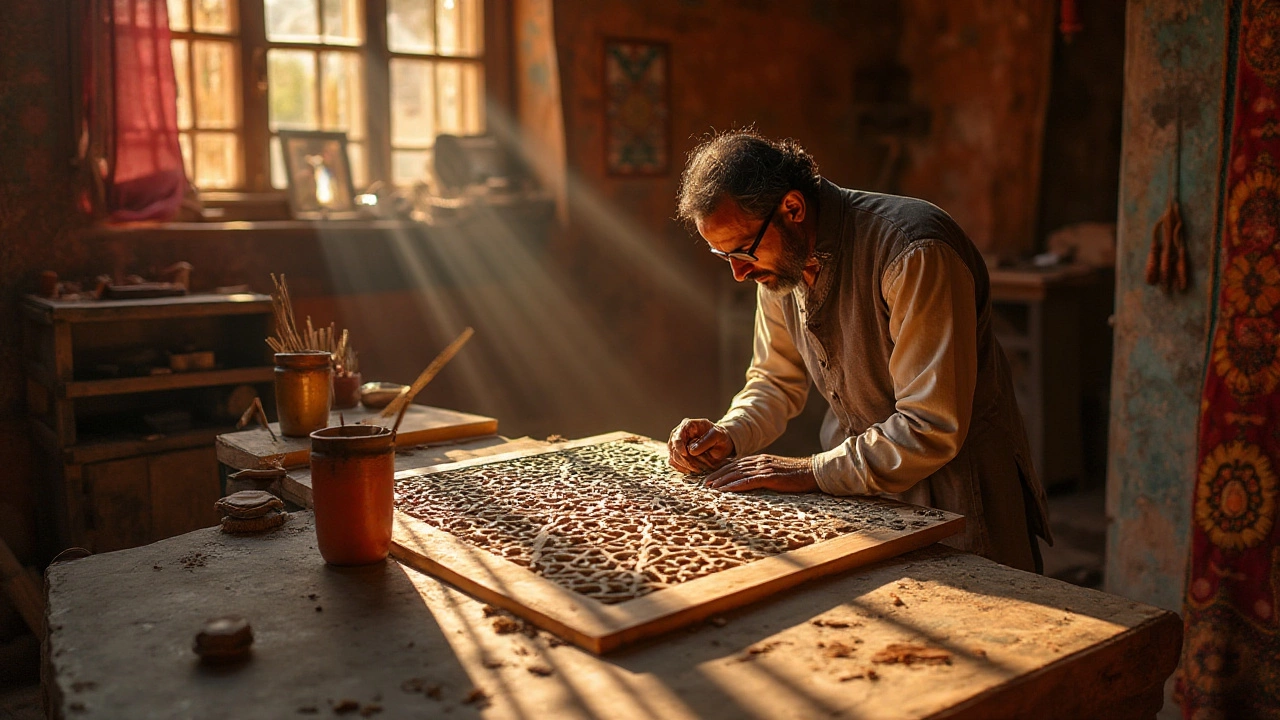Craftsmanship in Indian Manufacturing – Why Skill Matters
When you walk into a factory, you notice more than machines. The real difference comes from hands‑on skill, attention to detail, and pride in the work. That's what we call craftsmanship, and it’s the secret sauce behind quality products that compete worldwide. In India’s booming industrial scene, manufacturers who invest in skill see higher yields, fewer defects, and happier customers.
Why craftsmanship matters in modern factories
First off, craftsmanship reduces waste. A trained operator knows the exact pressure, temperature, and timing a process needs, so there’s less scrap and re‑work. That directly improves profit margins, especially in high‑volume sectors like pharma or plastics. Second, skilled workers can troubleshoot on the fly. When a machine hiccups, they don’t just call maintenance; they diagnose the issue, keep the line moving, and prevent costly downtime.
Third, branding benefits from a reputation for quality. Buyers abroad often ask, “Is this made in India?” and then look for certifications that guarantee consistent standards. A track record of meticulous work makes it easier to get those certifications and win export contracts. Finally, craftsmanship fuels innovation. When workers understand the ins and outs of a process, they suggest tweaks that can lead to new product designs or faster production cycles.
How to boost craftsmanship in your operations
Start with training that goes beyond the basics. Pair classroom sessions with hands‑on mentorship, where senior staff guide newcomers on the shop floor. Short, focused workshops on specific tools or techniques keep skills sharp without pulling people away for weeks.
Next, reward quality, not just speed. Set up simple metrics—like defect rates per shift—and celebrate teams that hit low‑defect targets. Recognition can be as simple as a shout‑out in the daily briefing or a small bonus, but it signals that precision is valued.
Invest in ergonomic tools and well‑maintained equipment. A worker who can hold a tool comfortably is more likely to produce fine work. Regular machine calibration also ensures that the equipment supports the worker’s expertise instead of hindering it.
Encourage a culture of continuous improvement. Hold brief, weekly “kaizen” meetings where anyone can suggest a small change. Often the best ideas come from the person who operates the machine daily.
Finally, document best practices. Create visual guides—photos, short videos, or step‑by‑step diagrams—that capture the right way to do a task. New hires can refer to these guides, and seasoned staff have a refresher when needed.
By focusing on these practical steps, manufacturers of any size can elevate craftsmanship, cut costs, and build a brand that stands out in global markets. The effort pays off in fewer returns, stronger client relationships, and a workforce that takes pride in every product they touch.

India: A Hidden Gem in Furniture Manufacturing
India is gaining recognition as a top player in the furniture manufacturing world. Known for its rich tradition of craftsmanship and quality materials, Indian furniture combines elegance with functionality. The country's industry strength comes from both mass production and unique handcrafted pieces. Understanding India's impact on the global furniture scene helps consumers appreciate the diversity and quality available.
Read More
Top Indian Furniture Makers: Craftsmanship That Reigns Supreme
Exploring the world of Indian furniture manufacturers reveals a rich tapestry of tradition, innovation, and craftsmanship. India has become a global leader in furniture production, blending modern design with age-old techniques. From the detailed work of Rajasthan's artisans to the contemporary flair in Bengaluru, Indian furniture stands out for its quality and character. This article delves into the leading manufacturers who are setting global trends in the furniture industry.
Read More